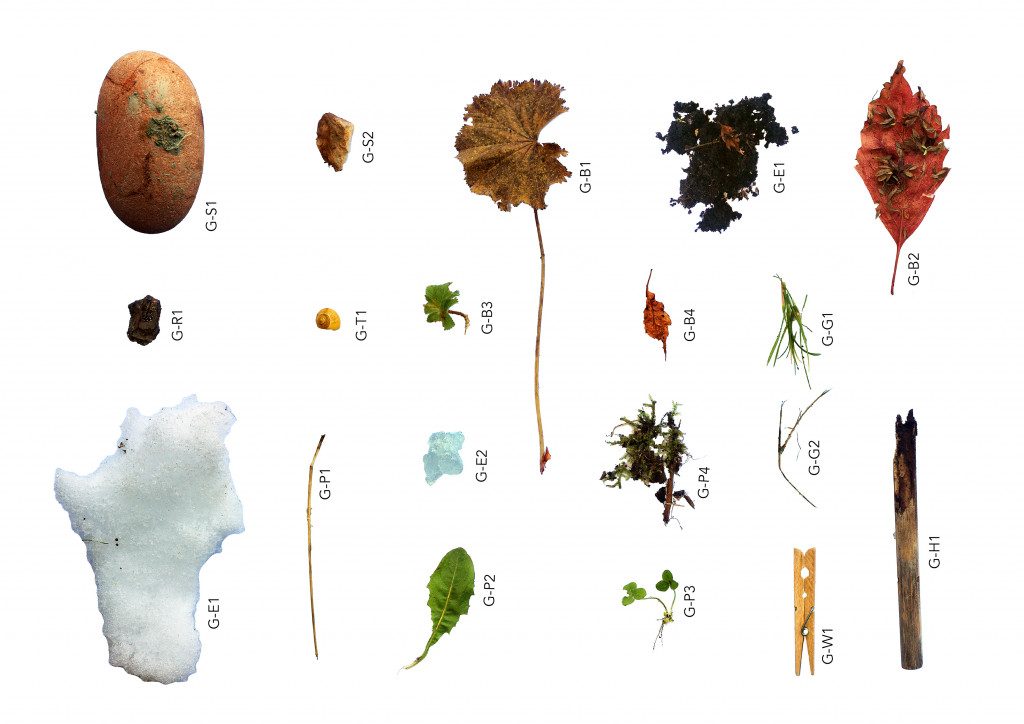LAND-SCAPE
MA Project
2022
semester

Participatory exhibition, for a transformative tomorrow
A research semester leading to a participatory curated exhibition during Biennale Gherdëina 8, titled: What do Landscapes dream of? Curated by Mara Vöcking and Sarah Solderer together with nine young artists from the province.
“None of that should give us cause to feel victorious, or to smile, or to be ashamed. One may nonetheless feel some astonishment at how little people are aware of the fact that their enjoyment of the landscape, as well as the type of enjoyment they choose, and the type of place to which they direct their steps when out for a walk, are also highly philosophical questions. Such choices always clearly reveal how a person feels about nature, what they considers nature to be, whether they think it is “good,” or “bad,” whether they see themselves as a part of it, or as its exploiter, whether they think such exploitation is sacrilege or a God-given command to rule the earth. And the choices people make are now changing: — Will they take a step forwards or backwards? — Who knows?”
(Lucius Burckhardt: Why is Landscape beautiful. P. 42)
What do Landscapes dream of?
Do landscapes dream? With this question, we* want to enter a sensual, living state of consciousness and close our eyes for a moment and linger there. We want to remember feelings, experiences, sensations of the past, and dreams of the future. Dreams serve us as a source of inspiration and creativity, as a way of imagining and inventing our future, and as a process for processing our reality and our everyday life. The dream-like state enables us to think differently, anew and freely, by temporarily suspending the laws of space and time. Landscapes and their complexity begin to dream and redefine themselves. New constellations, ideas, and images emerge, but access remains denied to us. Dreams are private and individual—only when the landscape tells the story of kis** dream we can participate. The exhibition seeks to give landscape this voice through art.
Our research aims to question and understand the landscape that surrounds us as commons. Who has the right to determine who uses commons and how? Only me and the urge for egocentric desire, or also other-than-humans***? As guest inhabitants of the landscape, we have to protect ki** and kis resources. At the same time, kis appropriate use is also our right, through shared duties and shared rights. Could participatory democratization of the commons be the answer to a social and ecological transformation of landscape design that is crucial for the survival of kis and thus for our survival?
The participating artists represent the three language groups: Ladin, German, and Italian. The exhibition will be on display at the Tublà da Nives Cultural Center in Selva from mid-May to early July.
Partner: Zënza Sëida & Biennale Gherdëina
*We are more than human (Superflux: A More Than Human Manifesto, 2021)
**Ki is an alternative spelling variant of the pronoun “it” according to Robin Wall Kimmerer, from the syllables “aaki”, from the word “Aakibmaadiziiwin”, meaning “a being of the earth” in Potawatomi. Ki to signify a being of the living earth. (Robin Wall Kimmerer: Speaking of Nature, 2017, P. 29)
*** The term “other-than-human” refers to a conceptual shift in anthropology and other social sciences that aims to avoid human exceptionalism and instead extend the social to other entities. (Lien and Pálsson: Ethnography beyond the human: the ‘other-than-human ’in ethnographic work, 2019, P. 4)



